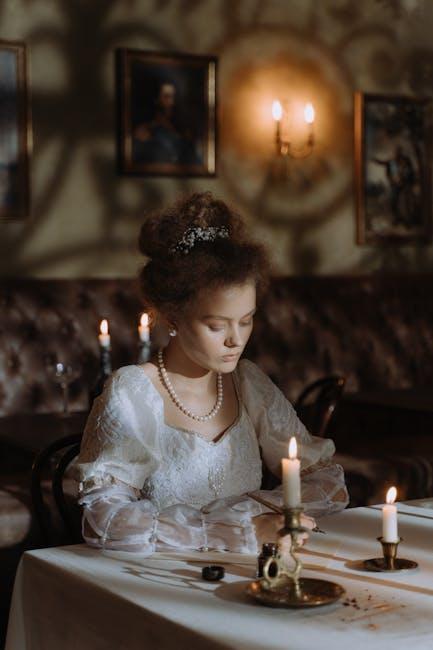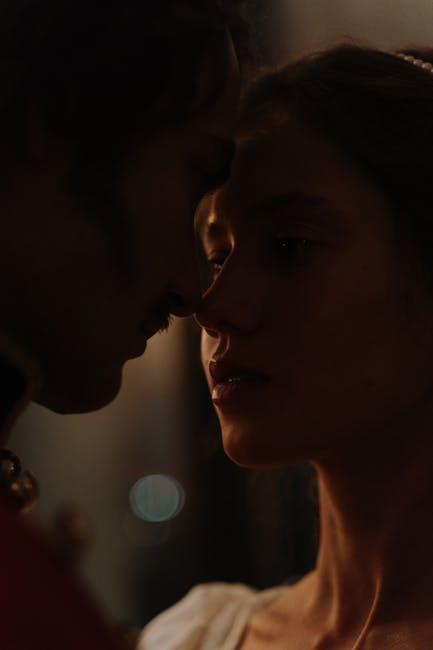In recent years, historical dramas have captivated audiences worldwide, offering a cinematic window into bygone eras while often achieving critical and commercial success. These narratives, rich with period costumes and intricate sets, promise to transport viewers to different times and places, providing both entertainment and a semblance of education. However, as these productions proliferate, a critical question emerges: Are historical dramas playing too loose with facts? This article seeks to explore the balance—or imbalance—between creative license and historical accuracy in these films and series. By examining the motivations behind dramatization and the potential impacts on public understanding of history, we aim to uncover the complexities of storytelling in this popular genre. Through an analytical lens, we will delve into the debate, assessing whether the liberties taken with historical facts serve as a necessary artistic tool or a disservice to historical integrity.
Understanding Creative License in Historical Dramas
In the realm of historical dramas, the concept of creative license serves as both a tool and a challenge. Filmmakers and writers often navigate the delicate balance between factual accuracy and engaging storytelling. On one hand, historical dramas aim to transport audiences to a different time, offering a glimpse into the lives and events that shaped our world. On the other hand, the demands of modern storytelling often necessitate embellishments, leading to debates about the line between creative interpretation and historical distortion.
Several factors influence the extent of creative license in historical dramas:
- Narrative Engagement: The need to craft a compelling narrative often requires dramatization or the introduction of fictional characters to enhance emotional resonance.
- Time Constraints: Compressing complex historical timelines into a limited runtime may lead to oversimplification or alteration of events.
- Cultural Relevance: Adapting historical narratives to reflect contemporary values can result in the reimagining of characters or scenarios.
Ultimately, while creative license can enrich storytelling, it also raises important questions about the responsibility of filmmakers to remain truthful to historical facts. As viewers, recognizing the blend of fact and fiction allows for a more nuanced appreciation of these dramas.
Balancing Entertainment and Accuracy in Storytelling
In the realm of historical dramas, creators often walk a fine line between delivering an engaging narrative and maintaining factual accuracy. On one hand, there’s a compelling need to captivate audiences with dramatic tension, vivid characters, and emotional arcs. On the other hand, viewers also crave authenticity and a genuine portrayal of historical events. Striking a balance between these demands can be challenging, and it’s not uncommon for dramatizations to take creative liberties that might lead to a distortion of the past. This raises important questions about the role of historical dramas: Are they meant to educate, entertain, or perhaps a blend of both?
Several techniques are employed to achieve this delicate equilibrium. These include:
- Fictionalized Characters: Introducing fictional characters can provide fresh perspectives and drive the plot without altering historical events.
- Condensing Timelines: Simplifying complex historical timelines can make stories more digestible, though it risks oversimplification.
- Creative Interpretation: Some narratives choose to explore “what could have been,” offering speculative interpretations of history.
While these methods can enrich storytelling, they also underscore the importance of transparency. By clearly distinguishing fact from fiction, creators can foster a more informed audience that appreciates both the art and the history behind their favorite dramas.

The Impact of Historical Inaccuracies on Audience Perception
Historical dramas have the power to shape our understanding of the past, but the liberties they take with facts can significantly influence audience perception. While artistic license is often employed to enhance storytelling, this approach can lead to a distorted view of historical events and figures. Viewers may come away with misconceptions that persist long after the credits roll, impacting how they interpret historical narratives in real life. This becomes particularly problematic when dramatizations become the primary source of historical knowledge for audiences.
- Blurred Lines: The blending of fact and fiction can make it challenging for viewers to distinguish between what truly happened and what is dramatized.
- Emotional Impact: Dramatizations often focus on emotional engagement, which can overshadow historical accuracy and lead to biased perceptions.
- Cultural Misrepresentation: Missteps in portraying cultures or historical contexts can reinforce stereotypes or propagate inaccuracies.
These factors highlight the delicate balance between engaging storytelling and factual integrity. While historical dramas are not documentaries, creators bear a certain responsibility to ensure that their portrayals do not significantly mislead audiences or contribute to widespread misinformation.

Guidelines for Responsible Historical Representation in Media
When crafting historical dramas, creators bear the responsibility of balancing entertainment with factual integrity. Here are some key guidelines for maintaining responsible historical representation:
- Research and Authenticity: Extensive research should form the foundation of any historical narrative. Consulting primary sources and expert historians can help ensure that the depiction remains as accurate as possible.
- Contextual Sensitivity: While dramatization is often necessary, it’s crucial to maintain sensitivity to the context and cultures represented, avoiding stereotypes or oversimplifications.
- Clear Distinction: Make it apparent where artistic license is taken. Utilizing disclaimers or supplemental materials can help audiences distinguish between fact and fiction.
By adhering to these principles, media creators can produce works that not only captivate audiences but also respect the complexities of history.







































